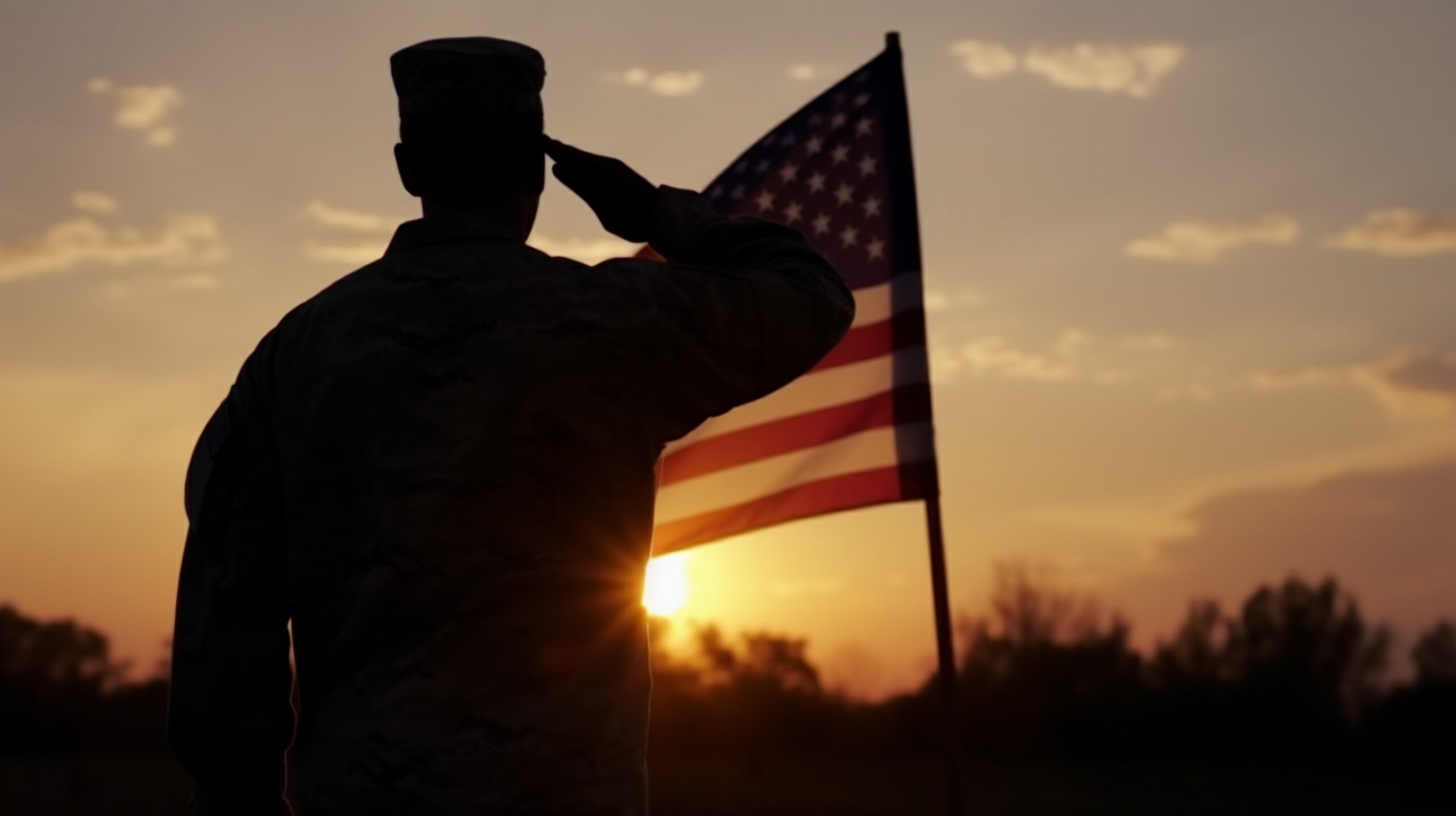By: Sara Croymans
Earlier this summer, I accompanied my husband to a reunion of the South Dakota Army National Guard 740th Transportation Company. Current and past members celebrated the 70th anniversary of the unit as it was established in 1953; acknowledged the 32nd anniversary of the unit’s deployment during the Gulf War, and commemorated the 20th anniversary of their deployment during Operation Enduring Freedom/Operation Iraqi Freedom (OEF/OIF).
My husband had been a member of this unit for 22 ½ years and participated in both of the deployments. Throughout the weekend, the reunion participants reconnected, looking at photographs and reminiscing about their time in the military and their shared deployments. It was easy to see the bonds that were created and reinforced during their time together and how the deployments they experienced together created lasting friendships.
Terms
Researchers utilize a variety of terms to describe the relationships between service members. A few include:
- “Friendship” – In her book, Veteran Friendships Across Lifetimes: Brothers and Sisters in Arms, Ward (2017) describes three types of friendship identified by Aristotle: friendship based on utility, friendship based on pleasure; and friendship based on virtue. The first two types (utility and pleasure) dissolve easily because the purpose of the friendship is for personal benefit. Friendships based on virtue are stronger and the most important because they are built on mutual respect and reciprocal goodwill.
- “Camaraderie” – Lt. Col. Tom Vance (2012, para. 2) describes camaraderie as “the essence of what binds military units together, providing a cohesiveness among the individual members, which allows the unit to function effectively as a collective entity.”
- “Military Kinship” – Ward (2017) applies this term to relationships resulting from combat or stressful environments (e.g. boot camp) where the kinship bonds formed are as strong as any blood relationship.
- “Band of Brothers” – This frequently used term “is often used to describe the camaraderie forged on the battlefield during wartime” (Ward, 2017, pg. 73).
Deployment & Relationships
Deployments create a unique environment for relationships among service members. Ward (2017) describes friendship at different stages of the deployment cycle:
- At the beginning of a deployment, friendships are emotionally based and interactions tend to focus on the shared experiences and the need for comfort. Friendships at this stage can be labeled ‘career friendships’ which are fostered through shared organizational affiliation and shared experiences. Camaraderie is formed between service members during deployment.
- Once the deployment ends, relationships are often terminated. This may be due to uncertainty about what the future holds, to concerns about those who did not return home, or to simply becoming engrossed in one’s personal life. Even though the service members are no longer connected and the label of friendship is no longer used, the desire to assist those they had deployed with still exists. The true sense of camaraderie remains.
Hinojosa and Hinojosa (2011) conducted interviews with 20 reserve and National Guard male OEF/OIF veterans about friendships with other service members. They identified that friendships play an important role in dealing with the challenges of deployment. They also suggest that members of a military unit, especially during armed conflict such as deployment, can be a resource to help service members during the reintegration process. They found that during reintegration, some service members intentionally “hold on” to the friendships with those they deployed with while not engaging with civilian family and friends. The study found that the veterans sought out new friendships in both informal (e.g., chance encounters with other Veterans) and formal settings (e.g., drill weekends or VA group counseling sessions). More specifically, veterans sought others who were of a similar age and/or had deployed in the same conflict/war as they believed the other understood what they were going through.
Benefits of Friendship
A study of 149 World War II and Korean War veterans (Elder & Clipp, 1988) found that heavy combat veterans are more likely than other veterans to have enduring ties from the service. These friendships bind survivors and offer solace, providing understanding and companionship over the years.
Another study that examined WWII soldiers (Narvez et al., 2017) suggests that high-quality relationships with other soldiers may serve as a protective factor against post-war PTSD symptoms, particularly for service members experiencing higher levels of combat exposure.
Ward (2017) indicates that “social relationships, including friendships, can impact an individual’s well-being by boosting happiness and self-esteem, and by providing support and companionship across the life span” (pg. 96).
Strategies to Encourage Connections Among Service Members
Service providers working with service members and veterans can support these unique relationships in a variety of ways, including:
- Provide opportunities for service members/veterans to build/enhance friendship, relationship, and networking skills to help them build meaningful connections with others
- Build upon the social connections veterans have with other veterans, utilizing military unit members as a resource for family reintegration (Hinojosa and Hinojos, 2011)
- Invite current and past service members and families to reunions, unit picnics or special events, both on and off installations, to provide a space for connecting
- Encourage service members/veterans to join a local veteran organization to connect with others who have served, and to provide support to one another and their community
- Refer service members to these Military OneSource resources:
- Friendships & Single Life identifies information and resources on friendships and networking
- Peer-to-peer specialty consultations provide an opportunity for service members to talk with someone with firsthand life experience as a service member or military spouse.
- Listen to the OneOp Practicing Connection Podcast to build your personal connection and collaboration skills.
References:
Elder Jr, G. H., & Clipp, E. C. (1988). Wartime losses and social bonding: Influences across 40 years in men’s lives. Psychiatry, 51(2), 177-198. https://search.proquest.com/openview/b333a3f1bd51336bdbe8261771690f5e/1?pq-origsite=gscholar&cbl=1816654&casa_token=X6B3agPLaGUAAAAA:oY4N9gbl4dRMJZ74s0GiNBc2jZkpvnTpuTLGLlvEXqAaqeokX034jarC-yYUw-eGo2PX8HYzGiw
Hinojosa, R., & Hinojosa, M. S. (2011). Using military friendships to optimize post-deployment reintegration for male Operation Iraqi Freedom/Operation Enduring Freedom veterans. Journal of Rehabilitation Research & Development, 48(10). https://www.researchgate.net/profile/Melanie-Hinojosa/publication/221738007_Using_military_friendships_to_optimize_postdeployment_reintegration_for_male_Operation_Iraqi_FreedomOperation_Enduring_Freedom_veterans/links/0fcfd50a3d1aac51a2000000/Using-military-friendships-to-optimize-postdeployment-reintegration-for-male-Operation-Iraqi-Freedom-Operation-Enduring-Freedom-veterans.pdf
Nevarez, M. D., Yee, H. M., & Waldinger, R. J. (2017). Friendship in war: Camaraderie and prevention of posttraumatic stress disorder prevention. Journal of traumatic stress, 30(5), 512-520. https://onlinelibrary.wiley.com/doi/pdf/10.1002/jts.22224?casa_token=Gn0LLQsg4bkAAAAA:JrT-d33WSKn0DLF_aDStnwSpb9mdbngreY7xyVI0tqSf1Q1SzrS346IP2ixvEZt5ozr1x2DotyHgyWsY
Vance, T. (2012, October 18). Camaraderie: A powerful mission multiplier. Malmstrom Air Force Base. https://www.malmstrom.af.mil/News/Commentaries/Display/Article/349435/camaraderie-a-powerful-mission-multiplier/
Ward, J. (2017). Veteran friendships across lifetimes: Brothers and sisters in arms. Rowman & Littlefield.
Writers Biography
 Sara Croymans, MEd, AFC, University of Minnesota Extension Educator, member of the OneOp Family Transitions team, military spouse, and mother.
Sara Croymans, MEd, AFC, University of Minnesota Extension Educator, member of the OneOp Family Transitions team, military spouse, and mother.
Photo source: Adobe Stock















